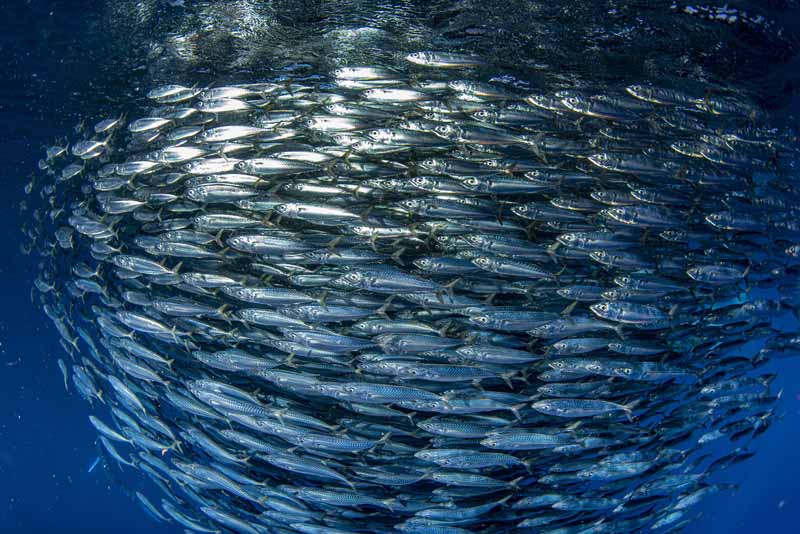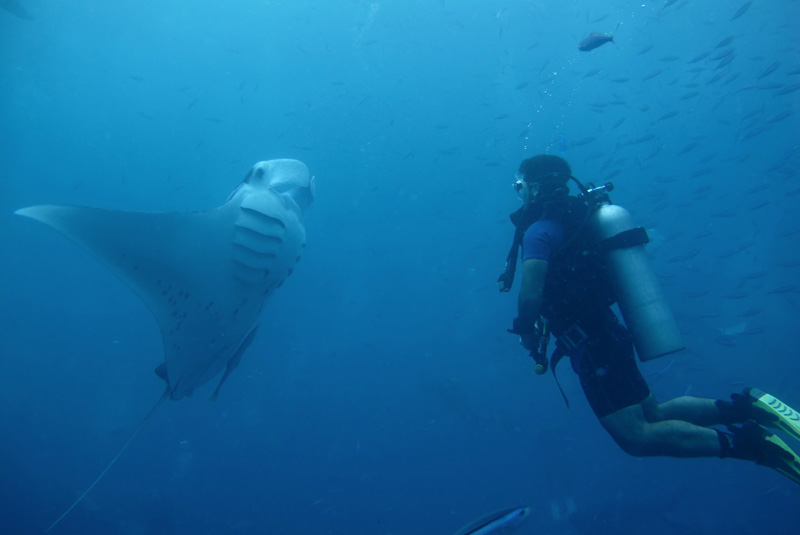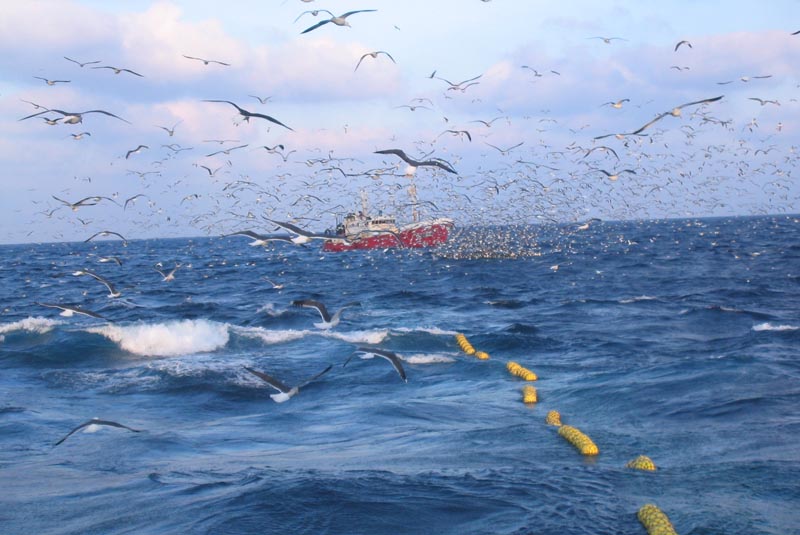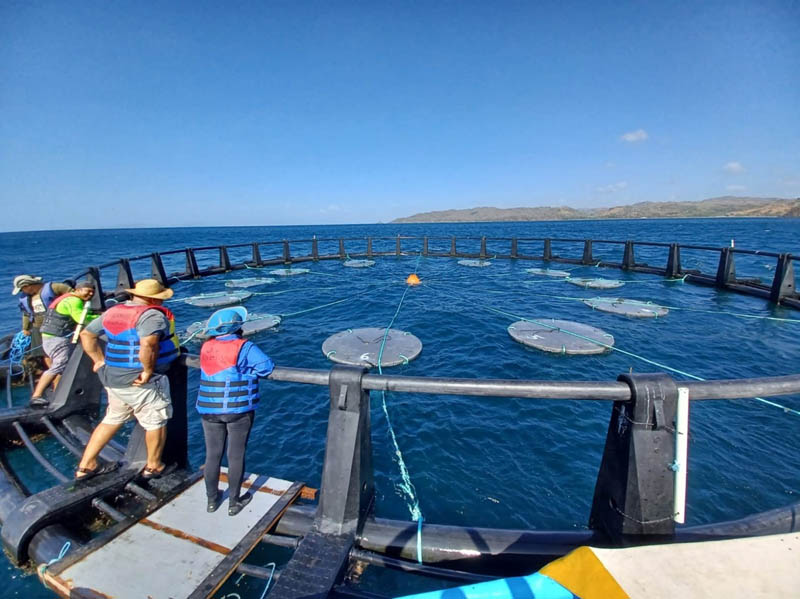3D distribution of Atlantic commercial species using GAM-NICHE tool
Últimas noticias
AZTI develops a genetic method to facilitate an ecosystem-based approach to fisheries management
Personalisation, sustainability, traceability and collaboration: technological innovation to transform the food industry
The Bilbao Bizkaia Water Consortium recognises the Ulysses project in its Lurra Bizkaia Sariak 2024 awards for good sustainability practices
MIREIA VALLE, expert in Global Change of Marine Ecosystems at AZTI
Fishing is one of humanity’s oldest and most vital activities, providing food, employment and playing a fundamental part in many cultures. However, for fishing to be sustainable, we need to understand how and where fish live in the ocean. In a recent study by AZTI and CSIC, published in the journal Ecological Modelling, we have used the GAM-NICHE tool to shed light on the 3D distribution of marine species, with a particular focus on the 30 most important commercial species in the Atlantic.
The GAM-NICHE model represents a significant advance in the science of marine ecology. Developed by AZTI’s Global Change of Marine Ecosystems team, this model uses advanced statistical techniques known as shape constrained generalised additive modelling (SC-GAM) to predict the distribution of marine species. What makes GAM-NICHE special is its ability to incorporate ecological niche theory, which asserts that each species has a range of environmental conditions in which it can survive and thrive. By applying shape constraints to GAMs, the model avoids predictions that are not biologically plausible and aligns more closely with what we know about species ecology.
The study focused on the 30 most important species for commercial fishing in the Atlantic. Using the GAM-NICHE model as a basis, the AZTI research team has gone a step further and developed 3D species distribution models, i.e. incorporating the vertical dimension of the ocean. The development of these three-dimensional models of the habitat of the main commercial fish species in the Atlantic, which account for 67% of the total biomass catch, provides an improved spatial representation of the probability of occurrence of these species.

A sustainable future for fisheries
Understanding the distribution of species allows fishermen and marine resource managers to plan their activities more effectively. This not only helps to ensure that fishing practices are sustainable, but also minimises the impact on marine ecosystems. In addition, the GAM-NICHE model can be a valuable tool for predicting how climate change may alter the distribution of these species in the future, which is vital for adapting conservation and fishing strategies.
The application of the GAM-NICHE model in marine research offers a new understanding of ocean ecology. By providing a sound basis for sustainable management of marine resources, this model promises to be a useful tool for ensuring a sustainable future for commercial fisheries. With climate change and ocean acidification presenting unprecedented challenges, tools such as GAM-NICHE are essential to adapt our practices in the future.
This holistic approach not only benefits the fishing industry, but also plays a crucial role in protecting marine biodiversity and addressing the effects of climate change. By better understanding where and how fish live, we can make more informed decisions that balance economic needs with the urgent need to conserve our oceans for future generations.
Reference
- Valle, M., Ramírez-Romero, E., Ibaibarriaga, L., Citores, L., Fernandes-Salvador, J.A., Chust, G. (2024) “Pan-Atlantic 3D distribution model incorporating water column for commercial fish” Ecological Modelling, vol. 490, n. 110632. https://doi.org/10.1016/j.ecolmodel.2024.110632.







